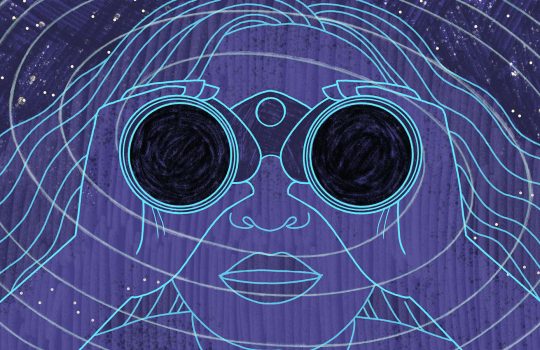BREAD experiment tracks dark photons to new levels
Physics World, April 30, 2024
Researchers led by Fermilab and the University of Chicago have developed a novel new detector, the Broadband Reflector Experiment for Axion Detection, designed to look for dark matter in the form of particles known as axions and dark photons.


